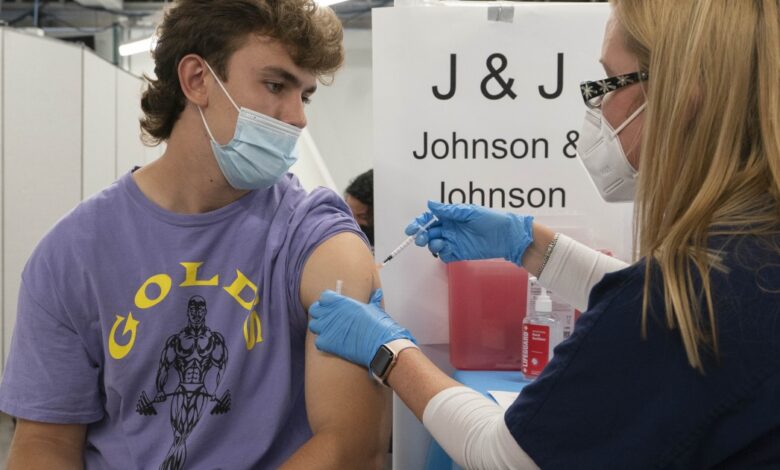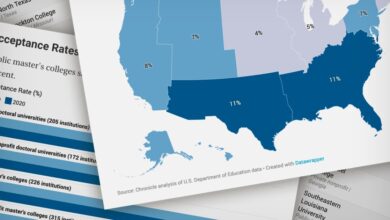Vaccination Alone Isn’t Enough to Keep the Virus Under Control This Fall, One Small College Warns

College leaders across the country have said for months that widespread uptake of the Covid vaccines is the best bet for a near-normal fall 2021 term.
But one institution is warning that while vaccinations are critical, they won’t be enough by themselves to prevent the more-transmissible Delta variant from running loose. A mathematical model built by Ursinus College, a residential campus of 1,500 students outside of Philadelphia, shows that even though administrators expect more than 90 percent of students to get vaccinated — under a mandate that allows for exemptions — that’s not enough to prevent an outbreak too big for the college to handle.
College is a more contagious environment than most.
“The main takeaway that I want people on small campuses to be aware of is that a high level of vaccination is essential, but a high level of absolute vaccination alone is probably not enough to guarantee that you’re not going to have significant infections on campus,” said Mark B. Schneider, vice president for academic affairs and the physicist who built the model.
Of course, many colleges are doing much less than what Schneider recommends. Of the nearly 4,000 degree-granting institutions in America, The Chronicle has identified fewer than 700 that have a vaccine mandate for students or employees. Many experts recommend requiring vaccines as a baseline policy for the fall.
The problem is that college is a more contagious environment than most. Students live, play, and learn closely together. Schneider guessed that the coronavirus’s reproduction rate — the average number of people an infected person infects — is twice as high on a typical residential college campus as it is among the general public. And the Delta variant’s reproduction rate is already higher than the same number for previous versions of the coronavirus.
Schneider estimated a reproduction rate of 10 for the Delta variant on a college campus that takes no mitigation measures and where everybody is vulnerable to infection (in reality, every college campus will have at least some protected, vaccinated people). That’s a much higher rate than some other estimates, such as one posted recently by a pair of Yale University researchers. But in principle scientists agree that many typical college activities push campuses’ reproduction rates up.
Still, Ursinus is planning for a fully in-person fall, with athletics and no online or hybrid class options. Schneider and other administrators believe they can bring the campus reproduction rate below 1 with a combination of vaccination and other measures, including entry testing, weekly surveillance testing for unvaccinated students, and a mask mandate. A rate below 1 is critical to keep an outbreak from spreading exponentially, Schneider said. He emphasized that Ursinus’s exact Covid-19 policy may change as administrators learn more over the coming weeks.
The Yale research, too, presented a variety of scenarios under which colleges of different sizes may keep their infection rates reasonable — say, below 5 percent of the overall population. In contrast to Schneider’s advice for small colleges, which included some ongoing testing, a member of the Yale team, A. David Paltiel, said that his model found that it’s possible for a college with a 90-percent-plus vaccination rate to keep its infection rate below 5 percent with no testing. Through some combination of masking and other policies, he said, the campus has to keep its reproduction rate below 3.
“All we’re trying to do,” Paltiel said, “is to get college administrators to recognize that they have a lot of choices here, and that they express, via those choices, their preferences and priorities.”
Nell Gluckman contributed reporting.
Source link






